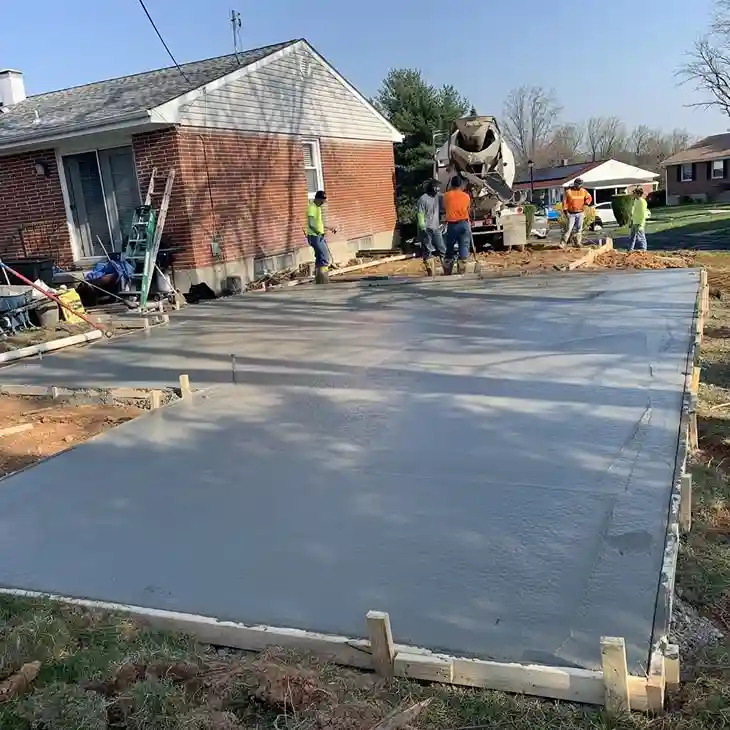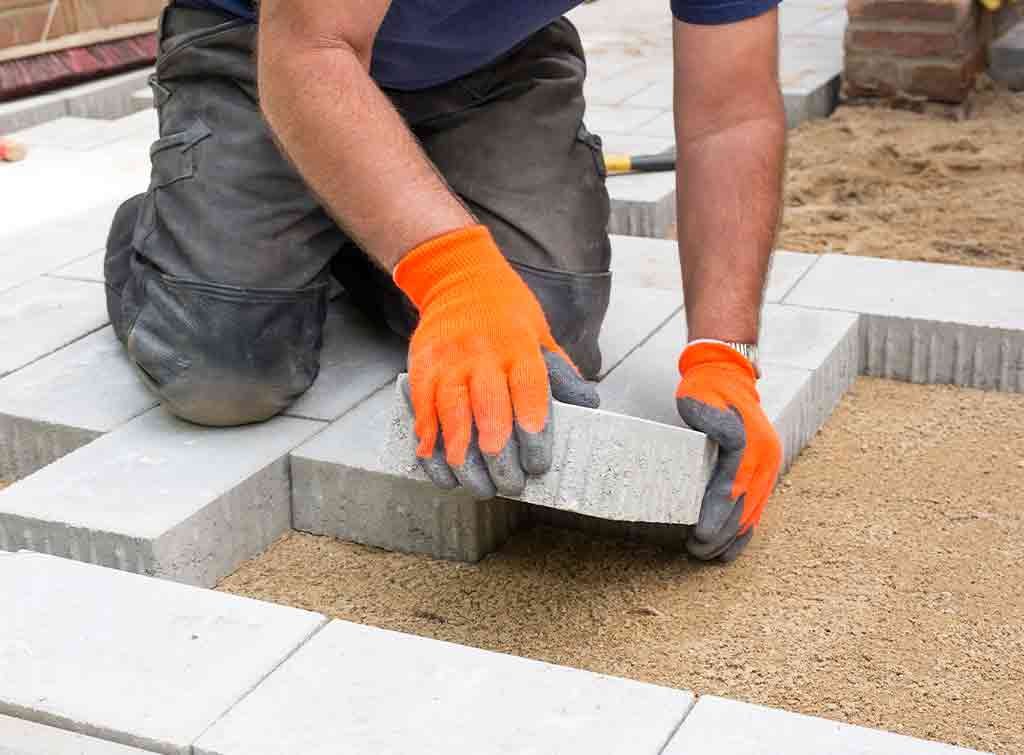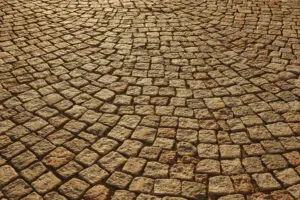Concrete paving is a popular choice for many homeowners and businesses in Lubbock due to its durability and versatility. However, it is not immune to staining and damage, which can detract from its appearance and longevity. This blog will provide practical tips and strategies to protect your concrete paving, ensuring it remains an attractive and functional part of your property for years to come specialized guidance and expert services are created just for Lubbock homes explore our Lubbock TX Homepage for valuable insights and resources.
Concrete paving is a popular choice for its durability, but it also faces risks from staining and damage. According to recent studies, almost 15% of concrete surfaces develop significant issues within the first decade due to environmental factors and lack of maintenance. Understanding these vulnerabilities is crucial for homeowners looking to protect their investments.
Protect Concrete Paving
Seal the Surface
One of the most effective ways to protect concrete paving is by applying a high-quality sealant. Sealing concrete can prevent moisture infiltration and protect against stains. There are two main types of sealers:
Penetrating Sealers:
These absorb into the concrete, providing a barrier against moisture and oils without altering the surface appearance.
Film-Forming Sealers:
These create a protective layer on the surface and can enhance the color and finish of the concrete.
When to Seal:
It’s advisable to seal new concrete after 28 days of curing. For existing concrete, reseal every 1 to 3 years, depending on usage and exposure to elements.

Regular Cleaning
Keeping concrete paving clean is crucial in preventing stains and damage. Here are some effective cleaning methods:
Pressure Washing:
Use a pressure washer to remove dirt, grime, and stains. However, ensure you use a safe pressure level to avoid damaging the surface.
Mild Detergents:
For stubborn stains, a mixture of mild detergent and water can help. Avoid harsh chemicals that may degrade the concrete over time.
Frequency:
Regularly sweep and clean your concrete surface, especially after spills or during the changing seasons, to prevent staining and dirt buildup.
Understanding the Vulnerabilities of Concrete Paving
Concrete is a porous material that can absorb moisture, oils, and other substances that lead to staining. Common culprits include:
- Oil and grease from vehicles and outdoor equipment.
- Food and beverage spills from outdoor gatherings.
- Mildew and algae growth in damp areas.
- Rust from metal furniture or grills.
In addition to staining, concrete paving can suffer from physical damage, including cracking, spalling, and erosion, often caused by:
- Freeze-thaw cycles in colder climates.
- Heavy loads from vehicles.
- Poor drainage leads to water pooling.
Understanding these vulnerabilities is the first step in taking preventive measures to protect your concrete.If you notice signs of damage on your concrete sidewalk, address them promptly to avoid further issues.

Mitigating Environmental Risks
Environmental factors can significantly affect concrete paving. Here are some strategies to mitigate these risks:
Weather Protection:
In areas prone to freezing temperatures, use a snow blower or shovel to remove snow and ice promptly. Applying a de-icing agent can help, but be cautious as some can be harsh on concrete.
Proper Drainage:
Ensure your paving is designed with adequate drainage systems to prevent water pooling, which can lead to cracks and erosion. Consider implementing proper drainage for your concrete retaining wall to manage water runoff effectively.
Surface Treatments
Adding protective surface treatments can enhance the durability of your concrete paving:
Anti-Slip Coatings:
These coatings provide additional traction, especially in wet conditions, making the area safer for pedestrians.
Color Enhancers and Dyes:
Using color treatments can improve the concrete’s appearance while providing a protective layer. Explore color treatments for your concrete steps to improve both aesthetics and safety.
Repairing Damage Promptly
Inspect your concrete paving regularly for signs of damage, such as cracks or surface wear. Addressing these issues early can prevent further deterioration. Here are some common repair methods:
Crack Filling:
Use a concrete crack filler for small cracks. For larger issues, you may need to patch the area with new concrete.
Resurfacing:
If the surface is extensively damaged, consider resurfacing it with a new layer of concrete to restore its appearance and functionality.

Landscaping Considerations
Landscaping around your concrete paving can impact its longevity. Here’s how to maintain a safe environment:
Choose Low-Growth Plants:
Plant low-growing shrubs or ground cover near the edges of your paving to prevent overgrowth that could damage the surface.
Routine Maintenance:
Regularly check for debris, fallen leaves, or dirt that can hold moisture against the concrete. Keeping the area clean will help reduce the risk of stains and deterioration.Maintain a tidy environment around your concrete patio to enhance its beauty and longevity.
Add Visual and Tactile Indicators
For areas with high foot traffic, adding visual cues can enhance safety while protecting the concrete. Consider using color-contrasting paints or textured materials to help delineate walkways and provide additional traction.




